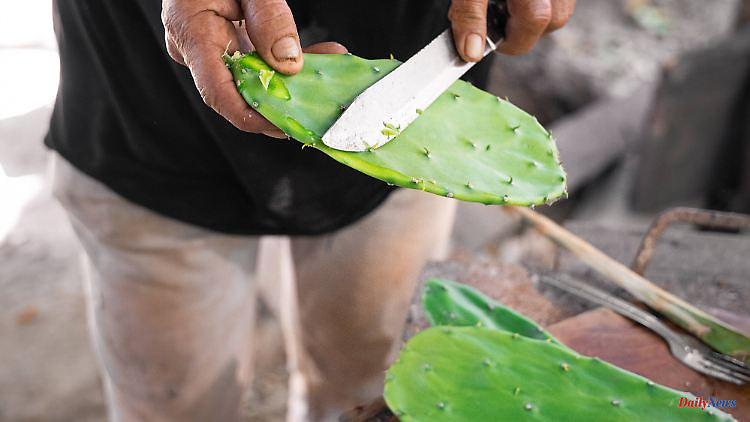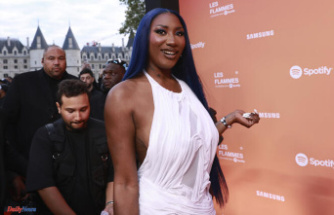Designers and fashion companies are increasingly turning to more environmentally friendly materials. Animal leather is replaced by vegan cactus leather, for example. Royals like Queen Máxima have also taken a liking to the alternative.
Sustainability plays an increasingly important role in the fashion industry. Designers rely less and less on real furs and animal leather. For the latter, there is now a particularly environmentally friendly yet high-quality alternative: cactus leather. This is not only vegan, but also does not leave a large ecological footprint. It would often be a step forward if manufacturers even thought about the way they produce and where they get their materials from.
Nopal cacti, which have also found a place in many living rooms in this country, are currently cultivated and used for the extraction of the leather. The prickly pear is widespread, especially in Mexico, needs little water and no pesticides because it is very robust. When harvesting, only the top part is removed, leaving the root. This allows the plant to grow back easily.
In contrast to conventional leather, no toxic chemicals are required in the production of the leather. Compared to artificial leather, cactus leather is breathable and therefore more comfortable to wear on the skin. In terms of feel, it should be comparable to animal leather. In the meantime, some companies and designers are already working with the vegan leather alternative. The bags convince at first sight, optically no differences can be seen.
There are still a few, albeit justifiable, disadvantages with vegan leather: It is not cheap and is usually considered a luxury material. Basically, cactus leather is considered to be resistant and durable, but has a shorter shelf life compared to animal leather.
The sustainable trend has now also arrived at the Royals. Queen Máxima of the Netherlands wore a green cactus leather skirt during a performance in Amsterdam in February 2022. The chic it-piece came from a collection by the Belgian fashion house Natan.
King Charles III lives up to its reputation as an environmentalist and nature lover. It has long been regarded as an opponent of foie gras. The monarch ruled that no foie gras should be served in his palaces. The animal protection organization Peta said in London that they had received a letter from the royal household.
"As Prince of Wales, King Charles has banned foie gras (...) from his royal residences. Peta has now received confirmation that His Majesty's compassionate policy extends to Buckingham Palace and all other royal residences," it said . As a thank you, Peta sent a gift basket of vegan foie gras to the palace.
In fact, animal products are also used elsewhere in the palace: the famous black caps of the palace guards are made from real bearskin. Usually the fur of female Canadian brown bears is used for this. The pelts used are "by-products of licensed culls by Canadian authorities" used to control the wild bear population, the palace said. But critics are calling for the hats to be made only from synthetic animal fur.
This is exactly what Peta is now demanding for another important piece of clothing: the king may use imitation fur for his coronation on May 6, 2023. So far, the royal coat at the ceremony consists of real ermine fur.












